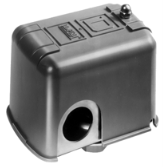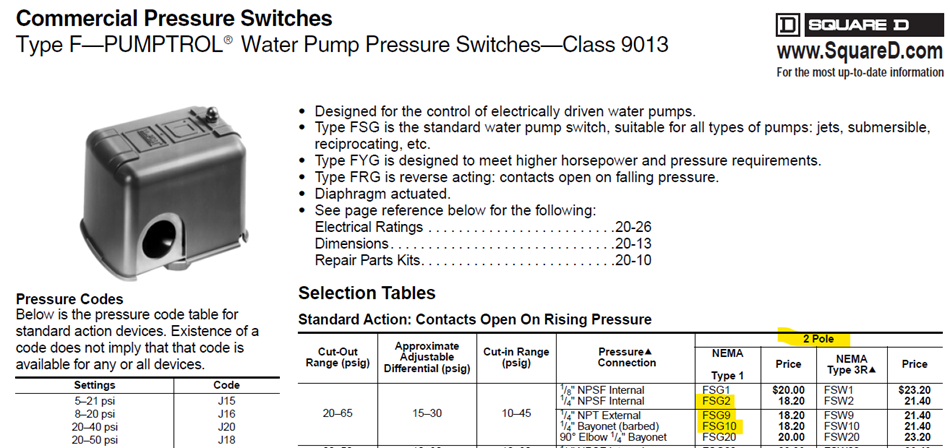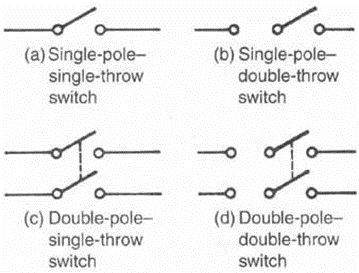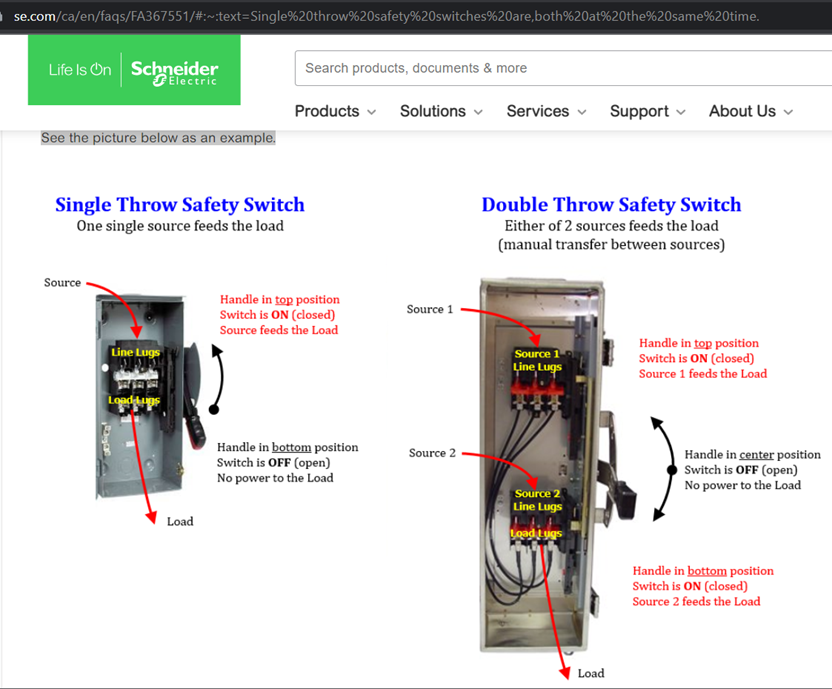What is a 1 pole vs. 2 pole and a single vs. double throw switch?
What is a 1 pole vs. 2 pole and a single vs. double throw switch?
Single pole and double pole are two different types of switches. The pole of a switch refers to the number of separate circuits that the switch can control. Single pole switches control just one circuit whereas a double pole switch can control two circuits. Therefore a double pole switch is like having two single pole switches, controlled by the same switch.
What is a single pole switch?
A single pole switch has one input and one output, it has two states; “on” or “off”. They can be wired either normally open or normally closed and can be either latching or momentary.
Single pole switches are more simple switches, used for applications where on/off is required. Single pole are more common in every day life and can probably be used to describe the majority of switches which we come into contact with on a regular basis.
Single pole switches are often used for:
- Light switches
- Home appliances
- Alarms
- Industrial machinery
- Emergency stop switches
What is a double pole switch?
Double pole switches are more complex switches for more complicated applications. A double pole switch has two connections to two separate circuits. They are essentially two switches in one. The connections can be staggered or connect simultaneously.
 Double pole switches are used for:
Double pole switches are used for:
- Pressure switches
- Safety feature on machines
- Light and fan combinations
A 2-pole pressure switch has two connections to two separate circuits “LINE” and “LOAD”. The contacts are closed/connected (ON) or opened/disconnected (OFF) simultaneously as the system pressure rises and falls.

 What is the difference between a pole and a throw?
What is the difference between a pole and a throw?
Both single pole and double pole switches can be either single or double throw.
A “pole” refers to the number of circuits that one switch can control for one operation of the switch. The “throw” indicates the number of contact points (how many positions) can be activated by a switch.
The two most common types are single-throw and double-throw.
What is difference between single throw and double throw?
Single throw and double throw safety switches are used for different applications.
A single throw switch will close a circuit in one position. Single throw safety switches are used when the load is fed by only one source (such as normal utility power).
A double throw switch will close a circuit in two positions and have a neutral position where neither circuit is activated. Double throw safety switches are used when the load is fed by either of two sources (such as utility power or generator power), but not both at the same time. The transfer from one source to the other is manual (not automatic).
Additional Resources:

